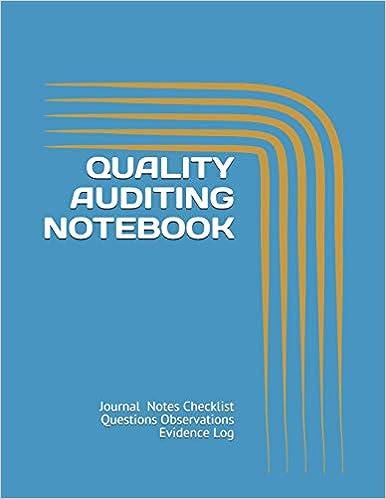Question 2 (12 Marks) Big Bucks Inc. (BBI) has decided to replace its outdated information system, which has no resale value. It is now considering 2 choices: 1) purchase the necessary data network infrastructure equipment and desktop computers, or 2) lease all the equipment and computers. Purchase option The data network infrastructure equipment costs $1 million, while the desktop computers cost $200,000. The CCA rates are: equipment = 30% and computers - 45%. BBI can finance the $1.2 million purchase with a 4-year bank term loan at a stated interest rate of 10% per year. The network equipment will be kept forever but the computers will be sold for $10,000 at the end of year 4. BBI will incur pre-tax maintenance costs of $20,000 per year. These operating costs are incurred at the end of a year and are for the purchase option only. Lease option The lease provided by the manufacturer will require payments of $350,000 per year for 4 years, to be paid at the beginning of each year the first payment will be made at the same time as the lease contract is signed), while operating cash flows and the tax payments will occur at the end of each year. The maintenance costs are included in the lease contract. BBI has a corporate income tax rate of 35% and its debt ratio is 40%. The tax rate and debt ratio for the industry are both 50%. The industry has a levered beta of 2.1932. The expected yield on Canadian treasury bills is 6%, while the expected rate of return on the S&P/TSX composite Index will be 13%. Required: State the type of lease that would be used if BBI decides to lease these machines. Identify the advantage of leasing instead of purchasing that is most relevant to this a. case C. b. Explain the equivalent loan approach in a lease versus buy analysis. Calculate the discount rates used in this analysis to present value cash flows. d. Calculate the net present value of Leasing and the Equivalent Loan amount. Determine whether BBI should buy or lease these machines based on your analysis. Question 2 (12 Marks) Big Bucks Inc. (BBI) has decided to replace its outdated information system, which has no resale value. It is now considering 2 choices: 1) purchase the necessary data network infrastructure equipment and desktop computers, or 2) lease all the equipment and computers. Purchase option The data network infrastructure equipment costs $1 million, while the desktop computers cost $200,000. The CCA rates are: equipment = 30% and computers - 45%. BBI can finance the $1.2 million purchase with a 4-year bank term loan at a stated interest rate of 10% per year. The network equipment will be kept forever but the computers will be sold for $10,000 at the end of year 4. BBI will incur pre-tax maintenance costs of $20,000 per year. These operating costs are incurred at the end of a year and are for the purchase option only. Lease option The lease provided by the manufacturer will require payments of $350,000 per year for 4 years, to be paid at the beginning of each year the first payment will be made at the same time as the lease contract is signed), while operating cash flows and the tax payments will occur at the end of each year. The maintenance costs are included in the lease contract. BBI has a corporate income tax rate of 35% and its debt ratio is 40%. The tax rate and debt ratio for the industry are both 50%. The industry has a levered beta of 2.1932. The expected yield on Canadian treasury bills is 6%, while the expected rate of return on the S&P/TSX composite Index will be 13%. Required: State the type of lease that would be used if BBI decides to lease these machines. Identify the advantage of leasing instead of purchasing that is most relevant to this a. case C. b. Explain the equivalent loan approach in a lease versus buy analysis. Calculate the discount rates used in this analysis to present value cash flows. d. Calculate the net present value of Leasing and the Equivalent Loan amount. Determine whether BBI should buy or lease these machines based on your analysis








